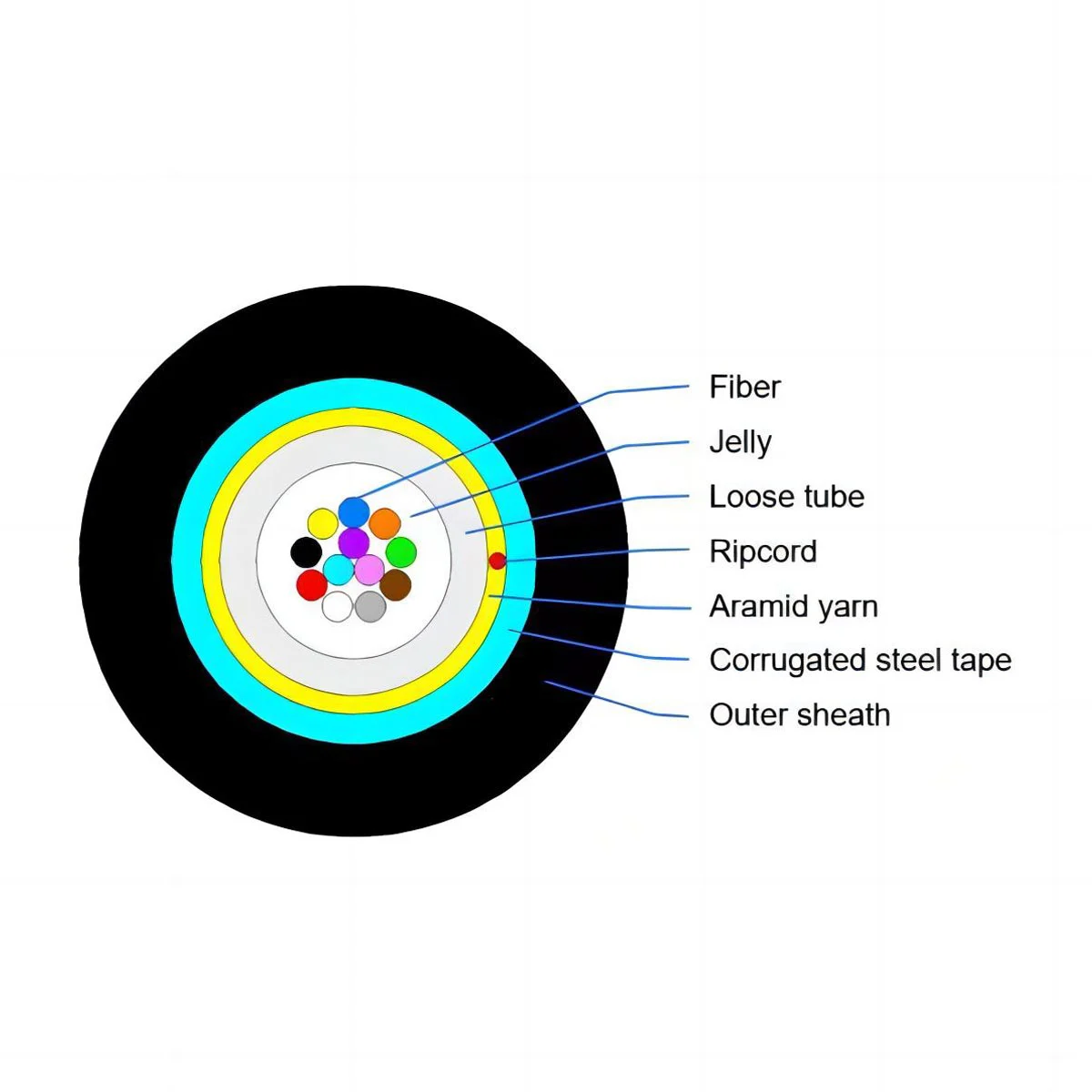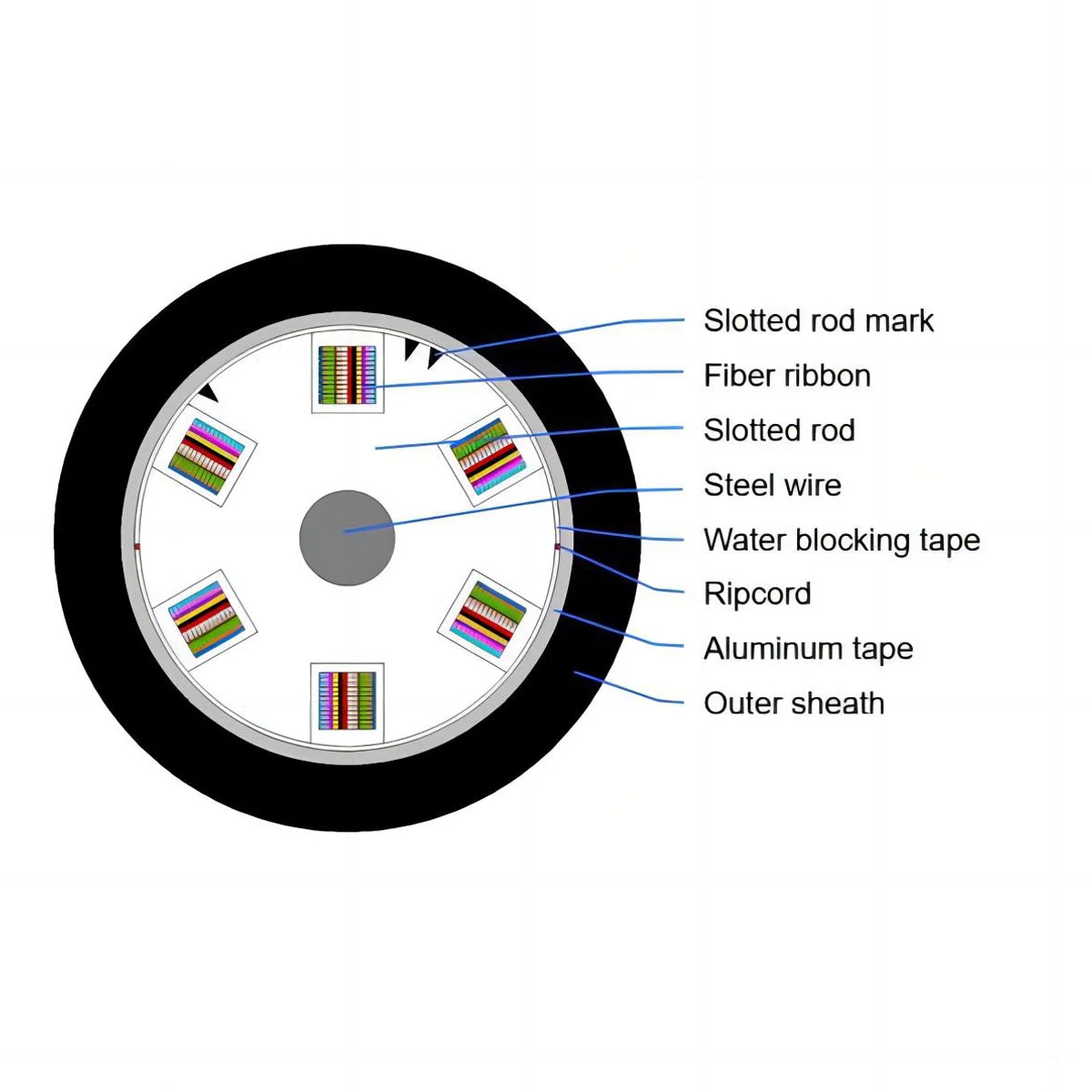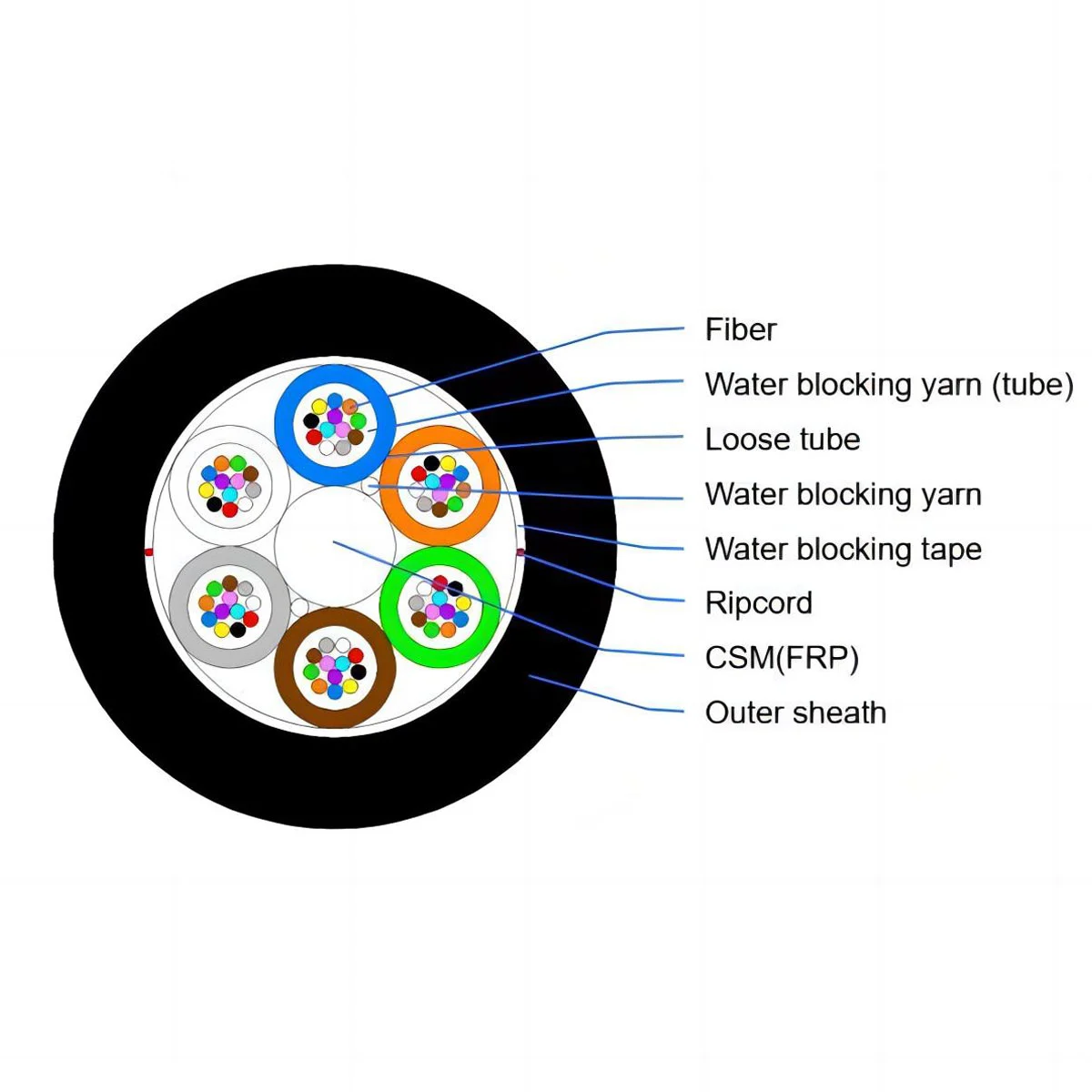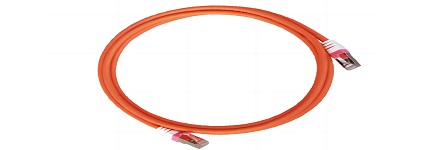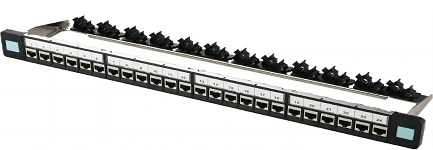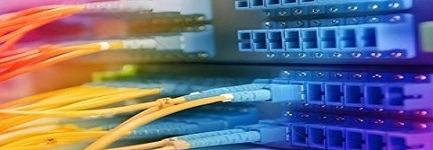
The fibers are arranged in a loose, high-modulus plastic tube. Water-blocking yarns and water-blocking tape are used to fill the interstice both inside and outside the tubes. As a strength member, a dielectric fiber reinforced plastic rod (FRP), coated with polyethylene if needed, is positioned in the center of the core.
To create a small, spherical cable core, tubers (and fillers) are stranded around the strength member. To create a cable, the plastic-coated steel tape is wrapped around the core and extruded into a polyethylene sheath.
Special filling gel-filled loose tubes offer ideal optical fiber shielding, while gel-free cable designs increase splicing efficiency and cleanliness.
Phosphate steel wire that resists corrosion and has a high modulus serves as the main structural component.
It is simple to route the flexible buffer tubes in closures.
Outstanding thermal and mechanical performance, with ideal crush resistance.
A core strength member is a dielectric FRP rod with a high modulus.
Superior protection against UV rays, fungi, abrasions, and other outdoor elements is offered by jackets.
A 30-year lifetime is made possible by strict workmanship and raw material management.
Fiber count | Nominal diameter | Nominal weight | Max fiber per tube | NO.OF (Tubes +filler) | Allowable tensile load (N) | Allowable crush resistance (N/10cm) |
2~36 | 11.4 | 130 | 6 | 6 | 1500/600 | 1000/300 |
38~72 | 12.5 | 152 | 12 | 6 | 1500/600 | 1000/300 |
74~96 | 14.2 | 194 | 12 | 8 | 2000/600 | 1000/300 |
98~120 | 15.7 | 230 | 12 | 10 | 2000/600 | 1000/300 |
122~144 | 17.3 | 274 | 12 | 12 | 2000/600 | 1000/300 |
>144 | customized | |||||

